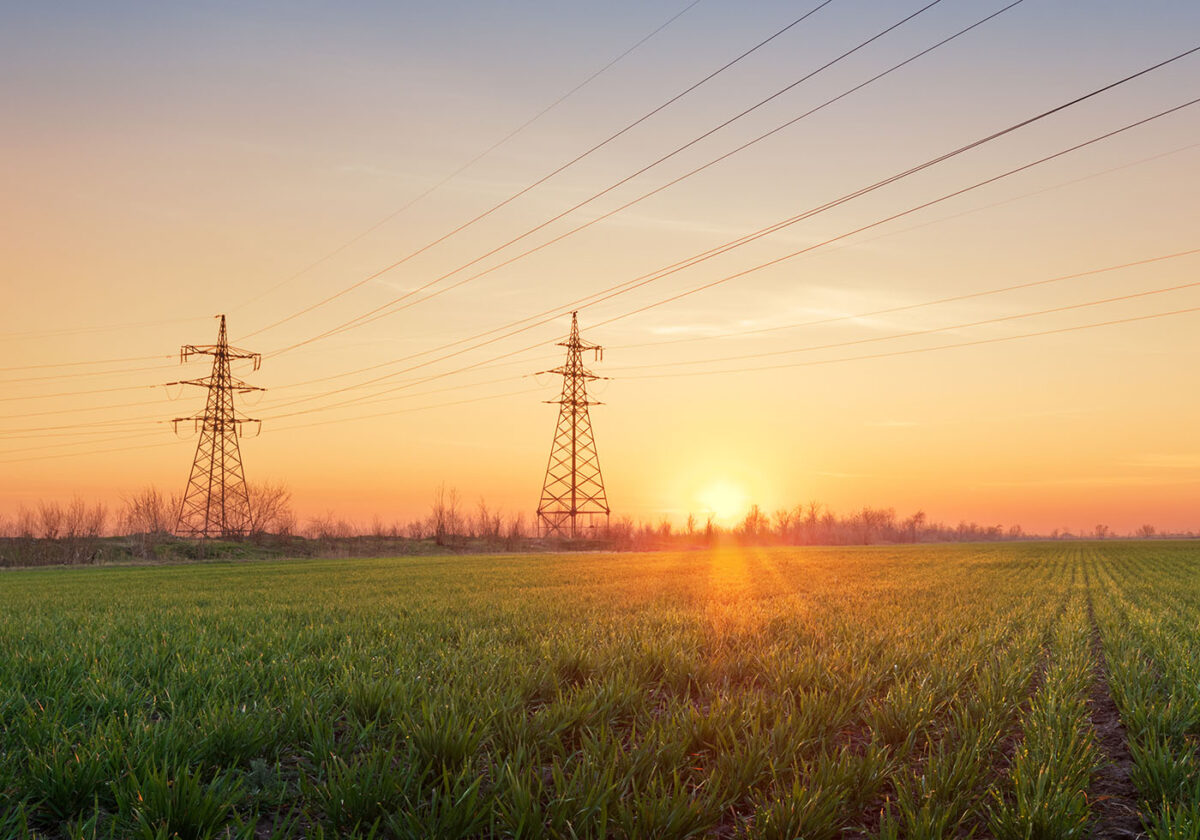A new report published by Beyond Zero Emissions (BZE) calls for the federal government to establish a national clean industry hub program to coordinate and accelerate investment in key renewable energy infrastructure to existing industrial regions.
BZE said regions such as Kwinana in Western Australia and Gladstone in Queensland already have clusters of industry keen to shift to using renewable energy and new modelling shows that building shared transmission lines and green hydrogen pipelines to service those industrial hubs would slash costs, substantially reduce transmission requirements and speed up regional decarbonisation.
BZE Chief Executive Officer Heidi Lee said the Melbourne-headquartered organisation has long advocated for government investment in 14 clean industry hubs around existing high-emitting industrial regions as an efficient investment of taxpayer money.
Industry in four of the proposed hubs – Gladstone, Kwinana, Hunter and Bell Bay – create nearly 25% of the total emissions under Australia’s Safeguard Mechanism that covers 215 of the country’s largest industrial operations.
“Government can coordinate investment into transmission, green hydrogen pipelines and other shared infrastructure in these regions, which will help high-emitting facilities switch to clean energy supply sooner,” she said.
“Hundreds of regional jobs, billions in economic output and hundreds of millions in government revenue can be created.”
The modelling, prepared by Acil Allen, shows that replacing five transmission lines of 100 MW capacity with one 500 MW capacity line can reduce cost by almost three-quarters or $798 million (USD 512.4 million) for a distance of 100 kilometres.
The report also investigates the cost savings associated with replacing five green hydrogen pipelines of 50 terajoules per day (TJ/day) capacity with one 250 TJ/day capacity pipeline, showing that capital costs can be reduced by almost 50%, or $1.2 billion over a 100 km distance.
BZE said building shared energy infrastructure in Gladstone could create an extra 200 jobs per year, an extra $2.4 billion in real economic output by 2050 and create an extra $600 million in government revenue by 2050.
A similar approach in Kwinana could create an extra 460 jobs per year, an extra $5 billion in real economic output by 2050, and an extra $850 million in government revenue.
Lee said coordinated investment into shared infrastructure can also incentivise industry to coordinate their energy demand and emission reduction plans efficiently.
“The modelling showed that funding clusters of facilities in Gladstone and Kwinana alone could deliver an additional 50 Mt reduction in emissions,” she said.
This content is protected by copyright and may not be reused. If you want to cooperate with us and would like to reuse some of our content, please contact: editors@pv-magazine.com.









By submitting this form you agree to pv magazine using your data for the purposes of publishing your comment.
Your personal data will only be disclosed or otherwise transmitted to third parties for the purposes of spam filtering or if this is necessary for technical maintenance of the website. Any other transfer to third parties will not take place unless this is justified on the basis of applicable data protection regulations or if pv magazine is legally obliged to do so.
You may revoke this consent at any time with effect for the future, in which case your personal data will be deleted immediately. Otherwise, your data will be deleted if pv magazine has processed your request or the purpose of data storage is fulfilled.
Further information on data privacy can be found in our Data Protection Policy.